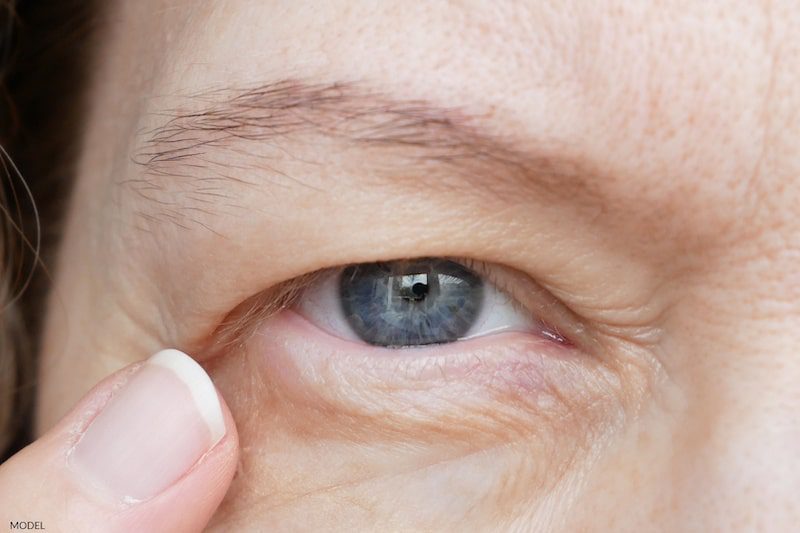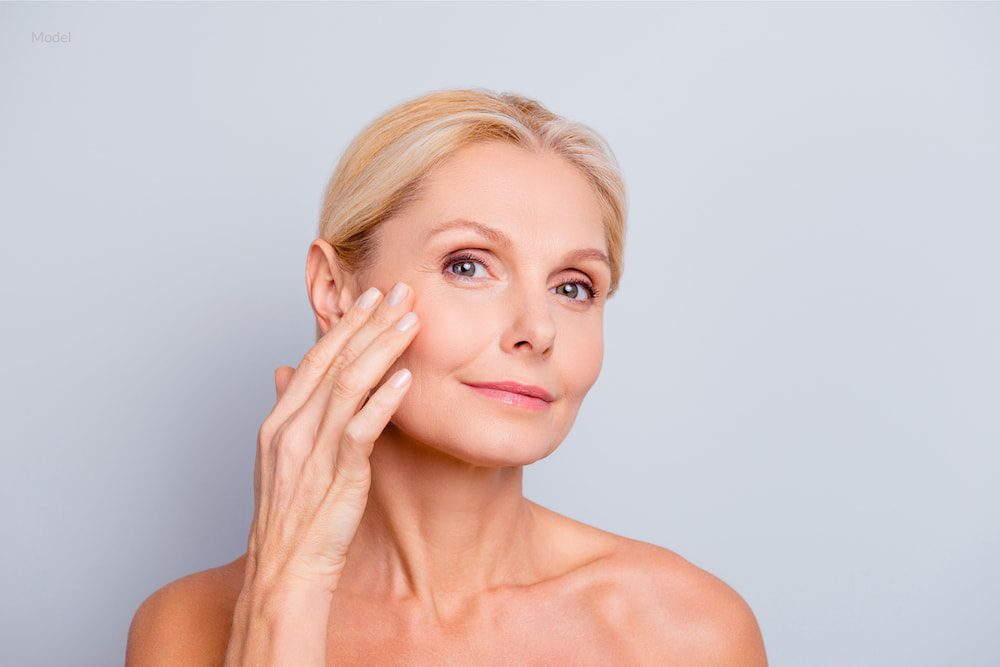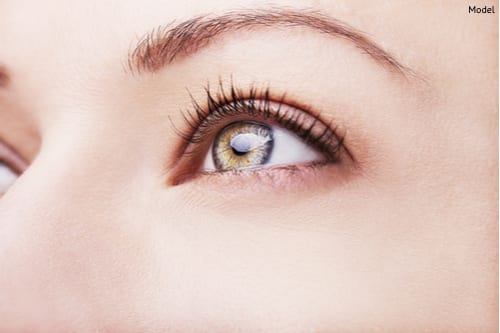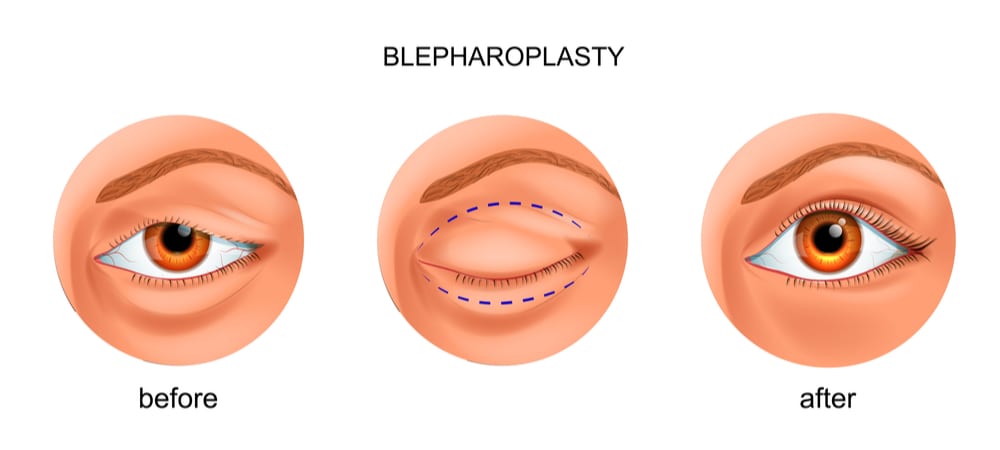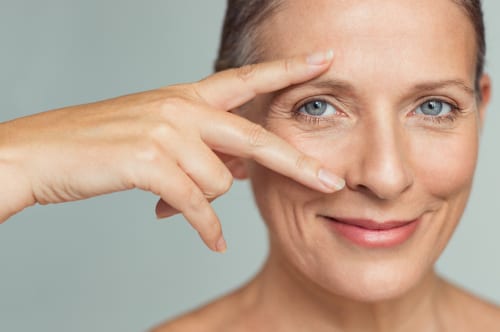Managing Swelling After Blepharoplasty
Eyelid Surgery | The Office of Dr. Vincent Hung
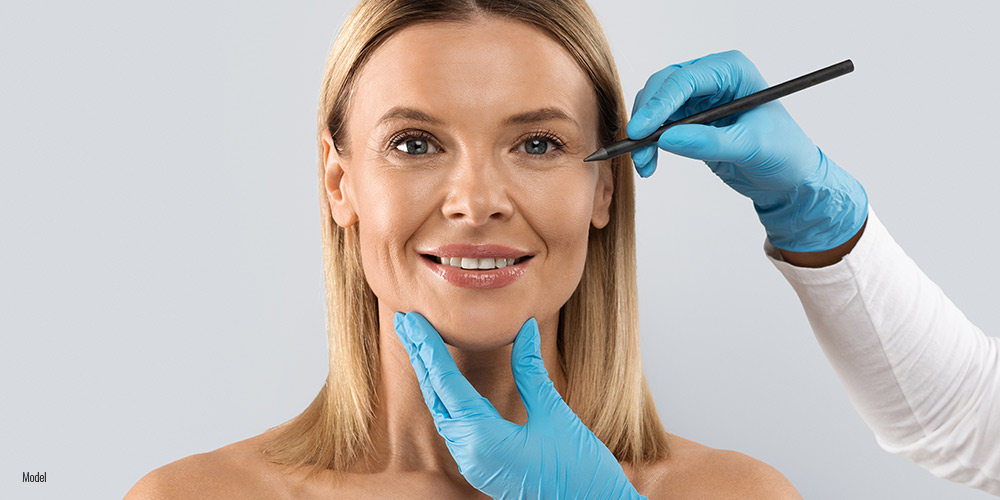
Blepharoplasty is a highly effective procedure that rejuvenates the eyes. After surgery, swelling is a natural part of the healing process. This blog discusses how to manage blepharoplasty swelling to ensure a smoother recovery and optimal results.
4 Min Read:
Blepharoplasty Swelling Timeline
Swelling after blepharoplasty is completely normal and follows a mostly predictable timeline:
- Days One to Three: Swelling peaks during the first 72 hours after surgery. The eyelids may feel tight, and the area around the eyes might appear puffy and discolored.
- Days Four to Seven: Swelling begins to subside, and bruising typically becomes less intense. You may notice some itchiness or mild discomfort as the healing progresses.
- Week Two: Most patients experience a significant reduction in swelling and bruising. At this stage, the eyelids start to look more natural.
- Weeks Three to Four: Residual swelling diminishes further, and you may feel comfortable returning to social and professional activities.
- Months Two to Three: Some swelling can remain but is usually minimal and primarily noticeable only to you. Final results begin to develop.
Tips for Effective Healing
To recover efficiently, follow these healing tips:
- Follow Your Surgeon’s Instructions: Your surgeon’s post-operative care guidelines are tailored to your specific needs. Adhering to them ensures proper healing.
- Use Cold Compresses: Applying cold compresses during the first 48 hours will go a long way in helping you reduce swelling and pain. However, you should avoid placing the ice directly on the skin; use a soft cloth or gel pack instead.
- Keep Your Head Elevated: Sleep with your head elevated on two or three pillows. This helps minimize fluid accumulation and promotes blood circulation.
- Avoid Straining: Activities like bending over, lifting heavy objects, or intense exercise can increase pressure around the eyes. Take it easy for the first two weeks.
- Stay Hydrated: Proper hydration aids your body’s natural healing processes. Aim for at least eight glasses of water every day.
- Limit Salt Intake: Sodium can cause fluid retention, which may worsen swelling. Stick to a low-sodium diet during recovery.
- Avoid Smoking and Alcohol: These can impair healing and increase swelling. Refrain from both before and after surgery as recommended by your surgeon.
How to Minimize Swelling and Bruising
Proactive measures can further reduce swelling and bruising after blepharoplasty:
- Apply Prescribed Medications or Ointments: Use any prescribed creams or medications to reduce swelling and prevent infection.
- Wear Sunglasses: Protect your eyes from sun exposure, which can aggravate swelling. Sunglasses also shield your eyes from wind and dust.
- Avoid Heat: Steer clear of hot showers, saunas, and direct sunlight during the initial recovery phase.
- Gentle Cleansing: Clean your face carefully with the approved cleanser provided by your surgeon. Avoid rubbing the eyelids or applying pressure.
- Stick to Light Activities: Gradually ease back into daily tasks. Light walking is encouraged to boost circulation, but vigorous activities should be avoided.
- Be Patient: Healing takes time. Avoid rushing the process or comparing your progress to others.
Expected Recovery Results
Blepharoplasty results improve progressively over time. Here’s what you can expect:
- Early Stages: Initial results may be hidden by swelling and bruising. It’s important to be patient and focus on maintaining a positive mindset during this phase.
- Two to Four Weeks After Surgery: Your eyelids begin to look more refined, and the swelling will have mostly subsided. Any remaining discoloration can often be concealed with makeup.
- Three Months and Beyond: At this point, your eyelids will appear natural and rejuvenated. Scars will continue to fade over the next year.
Consistent communication with your surgeon during follow-up appointments is essential to monitor your progress. If you notice unusual swelling, severe pain, or other concerning symptoms, don’t hesitate to reach out to your surgeon.
Interested in Blepharoplasty in Pasadena, CA?
Managing swelling after blepharoplasty is an essential step toward achieving your desired results. By following the tips outlined here and working closely with your surgeon, you can enjoy a smooth recovery and refreshed appearance.
If you’re considering blepharoplasty, Dr. Hung and his experienced team in Pasadena, CA, are here to help. Schedule your consultation today by calling us at 626-623-7135 or completing our online contact form.
